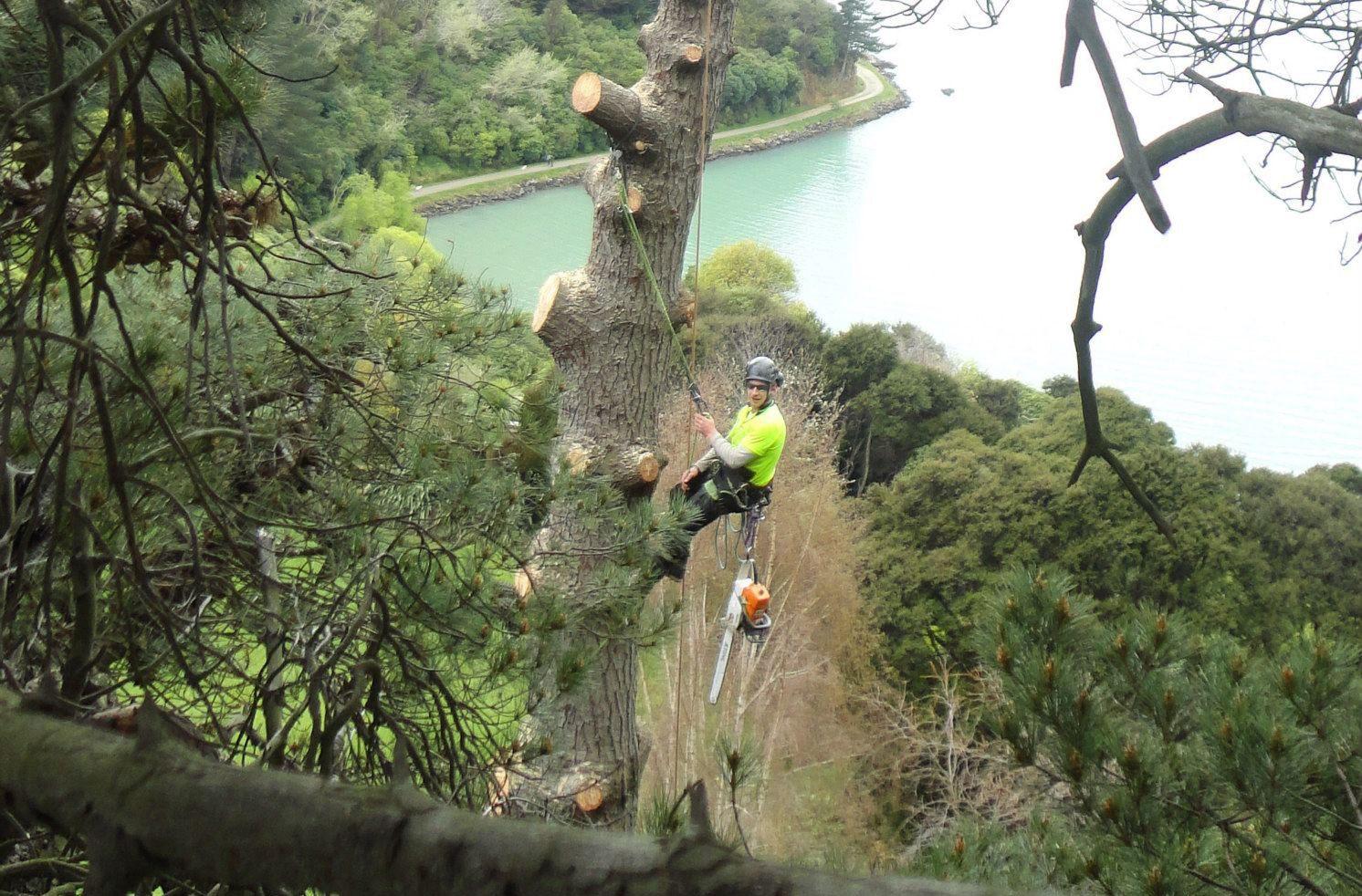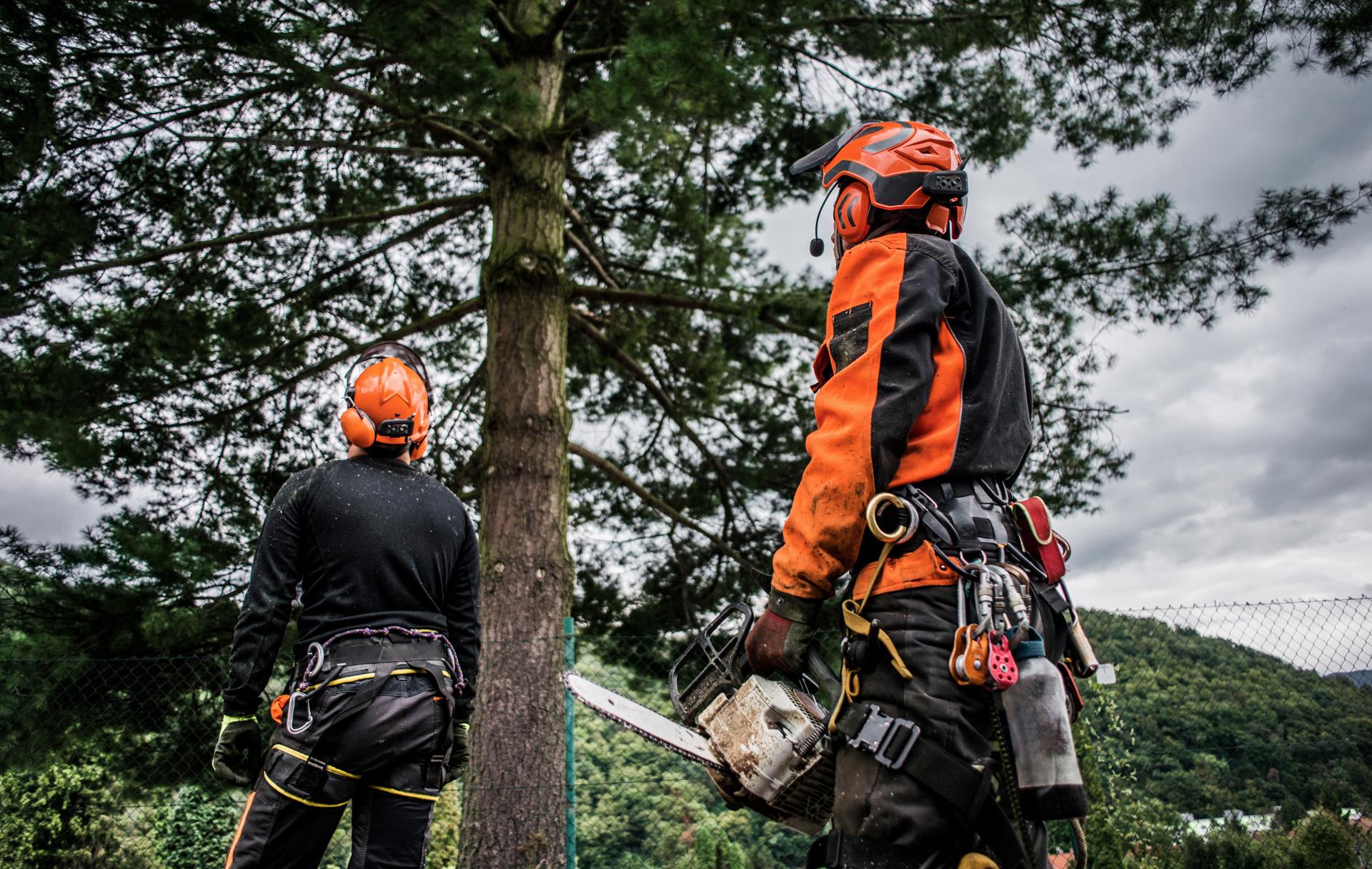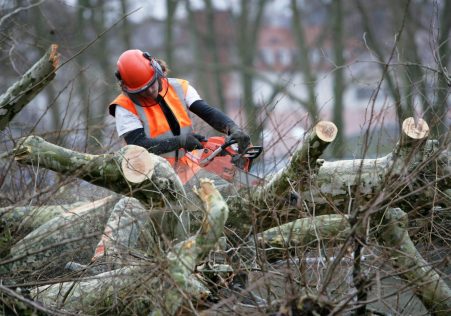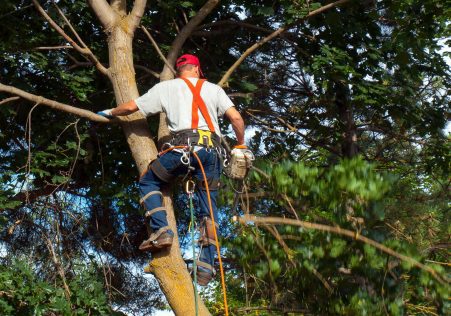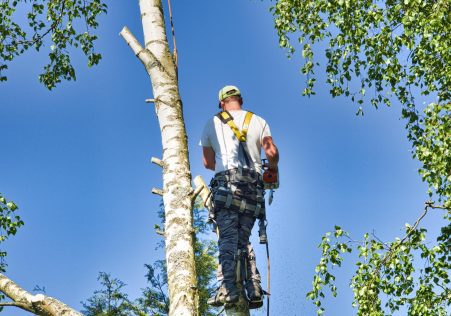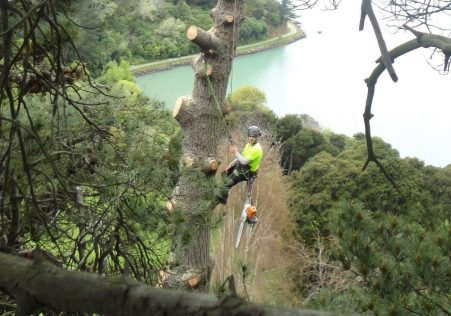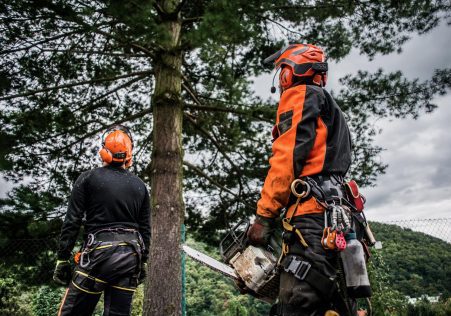The Protection of Trees: A Step-by-Step Guide for Understanding the Status of Protected Status
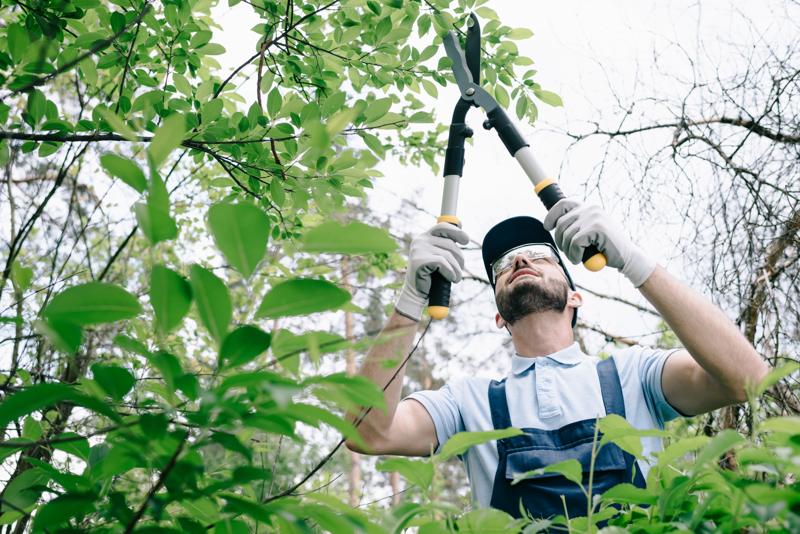
Trees play an essential role in our environment by providing shade, fresh air, and aesthetic value to our surroundings. However there are a few trees that aren’t identical and some are granted additional protection status, making it illegal to perform any work without permission. If you’re considering having a tree removed it is crucial to be aware of the protection status of the tree in question and what steps you’ll need to take to ensure compliance with the laws. In this article, we’ll walk you through the process of discovering whether the tree is secured and the steps you need be doing to make sure you are following the law.
What is a protected tree?
A protected tree can be subject to specific legal restrictions and it is unlawful to do work on a protected tree without the required permissions. There are two kinds of protection that trees might have: preservation and protection orders that are statutory.
Statutory protection
In the context of statutory protection, trees are protected by laws and under the control of Tree Preservation Orders (TPOs). TPOs are enacted by local authorities in order to protect trees of significant value to the public and ensure they are not damaged or destroyed.
Preservation orders
Preservation orders are like TPOs in that they are put in place through the secretary of state for the Environment. Trees with preservation orders are considered to have exceptional value and are shielded from any work, including cutting down.
What can I do to determine if a tree is protected?
To determine whether a tree is protected, you need to verify if it’s subject to an TPO or preservation or protection order. This can be done by contacting your municipal authority, and asking them to look up for records.
TPO search
To search for the TPO to locate one, contact your local Tree and Woodland Officer from the local authority. They will inform you if the tree is protected. They will also be able to guide you about the next steps to take if the tree is protected.
Preservation order search
To search for a preservation order, you will need to contact secretary of state for Environment. They can inform you whether the tree is protected and give you the information you require and direction.
FAQs:
What happens if I conduct work on a protected tree without permission?
If you work on a tree that is protected without the appropriate authorizations, you could be subject to substantial fines and even imprisonment.
Can I contest an TPO and/or preservation order?
Yes, you are able to appeal to a TPO or preservation decision if it’s not justifiable. You will have to prove your claim and explain why the TPO or the preservation decision isn’t needed.
Can I cut down a tree that is protected tree?
It is illegal to remove trees that are protected without the required permissions. If you require removal of the tree then you must seek permission from the council and provide evidence to support your case.
Conclusion
To conclude, knowing if trees are protected is a vital step in ensuring that any tree work carried out legally. If you know the various types of protection and the best way to determine if they are protected to ensure you’re in compliance with the law and protecting the trees in your care. If you’re not sure about the nature of the protection of the tree you are in charge of, we suggest seeking professional advice from an experienced tree expert like Hawkesbury Tree Services. Our experienced arborists will be able to inform you on the protection status of your trees and guide you through the steps to make sure you’re acting within the law. With our knowledge and dedication to providing high-quality tree services we will help you preserve the beauty and value of your trees. Call us now by calling 0480 024 203 to schedule a appointment, and let us guide you on how to keep your trees safe and healthy.

